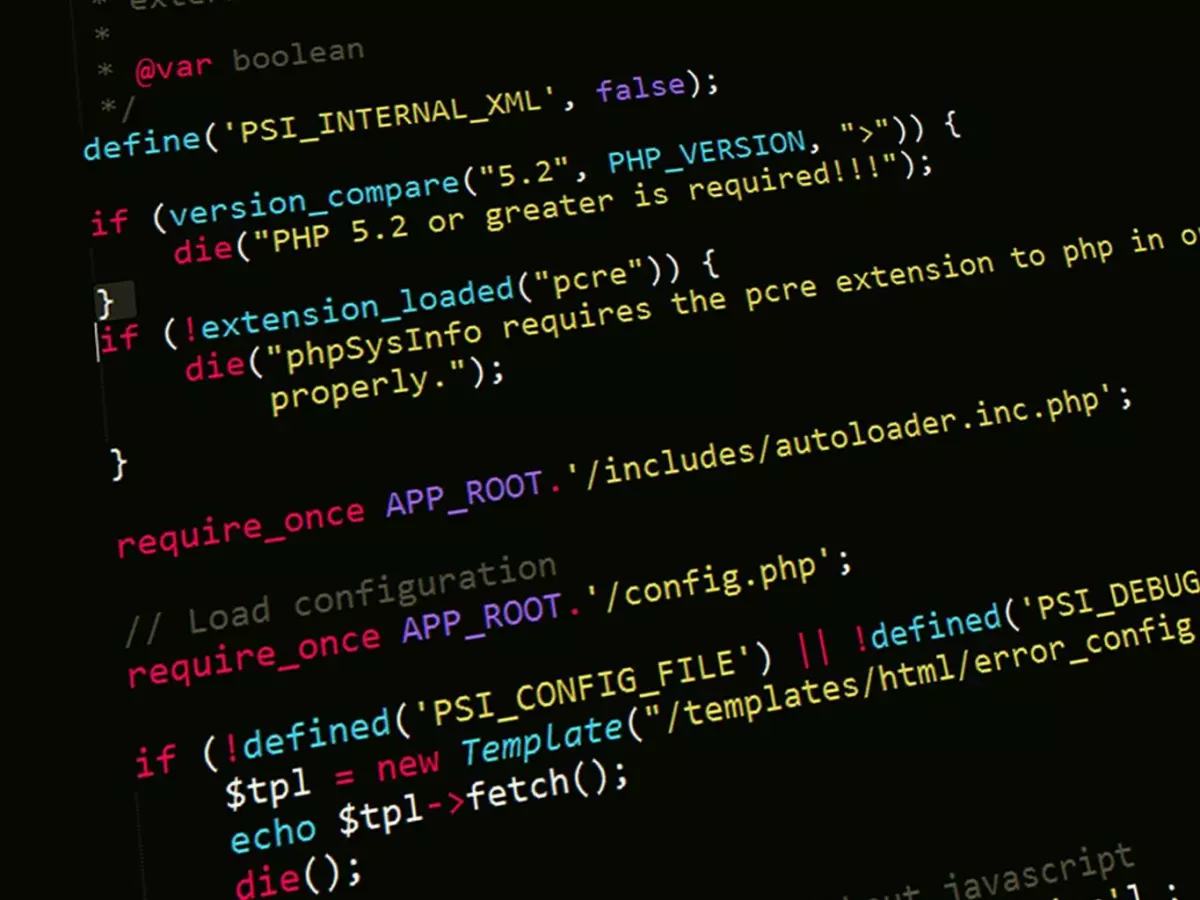Event-Driven Architecture
Back in the early days of software development, systems were mostly built around a request-response model. You'd send a request, wait for a response, and the system would chug along, processing things in a linear fashion. It worked, but as software systems grew more complex, this model started to show its limitations—especially when it came to scalability and responsiveness.

By Jason Patel
Today, event-driven architecture (EDA) is gaining traction as a powerful alternative. Instead of waiting for a request, systems react to events—changes in state that trigger specific actions. Think of it like a domino effect: one event sets off a chain reaction of processes that happen asynchronously. This approach is a game-changer for building highly scalable, responsive, and adaptable systems.
But wait, isn't event-driven architecture just for massive, enterprise-level systems? Not at all. While it's true that big players like Netflix, Uber, and Amazon have embraced EDA to handle their massive traffic and data loads, this architecture can benefit projects of all sizes. Whether you're building a small app or a large-scale distributed system, EDA can help you create more flexible and resilient software.
Why Event-Driven Architecture Matters
Traditional request-response models are great for simple, predictable workflows. However, they can become bottlenecks when your system needs to handle a large number of requests or react to real-time data. In contrast, EDA allows your system to react to events as they happen, without waiting for a request to be processed. This makes your software more responsive and scalable.
For example, imagine you're building an e-commerce platform. In a traditional system, when a user places an order, the system would process the request, update the inventory, send a confirmation email, and so on—all in a linear sequence. With EDA, each of these actions can be triggered by an event (like 'order placed') and handled asynchronously. The system can update the inventory, send the email, and process the payment all at the same time, without waiting for one process to finish before starting the next.
How It Works
In an event-driven system, components communicate by sending and receiving events. These events are usually messages that describe a change in state or an action that has occurred. For example, an event might be 'user logged in' or 'payment processed'. When an event occurs, it triggers one or more actions, which can be handled by different parts of the system.
There are two main types of event-driven architectures: event notification and event-carried state transfer. In event notification, an event simply signals that something has happened, and other components can react to it. In event-carried state transfer, the event also carries the state of the system at the time the event occurred, allowing other components to update their own state based on the event.
Benefits of Event-Driven Architecture
So, why should you care about EDA? Here are a few key benefits:
- Scalability: Since events are processed asynchronously, your system can handle a large number of events without becoming overwhelmed.
- Responsiveness: EDA allows your system to react to events in real-time, making it more responsive to user actions and external data.
- Flexibility: EDA decouples components, making it easier to add new features or make changes without affecting the entire system.
- Resilience: Because components are loosely coupled, failures in one part of the system are less likely to bring down the entire system.
Challenges of Event-Driven Architecture
Of course, no architecture is perfect, and EDA comes with its own set of challenges. One of the biggest is complexity. Managing events and ensuring that they are processed in the correct order can be tricky, especially in large, distributed systems. You'll also need to think carefully about how to handle errors and retries, as well as how to ensure that events are delivered reliably.
Another challenge is debugging. In a traditional request-response system, it's relatively easy to trace the flow of a request through the system. In an event-driven system, however, events can trigger actions in multiple components, making it harder to track down the source of a bug.
Final Thoughts
Event-driven architecture isn't just a buzzword—it's a powerful approach to building software that can scale, adapt, and respond to real-time data. Whether you're working on a small app or a massive distributed system, EDA can help you create more flexible and resilient software. Sure, it comes with its own set of challenges, but with the right tools and practices, you can overcome them and unlock the full potential of this architecture.
So, next time you're designing a system, consider going event-driven. You might just find that it's the key to building software that can handle whatever the future throws at it.





